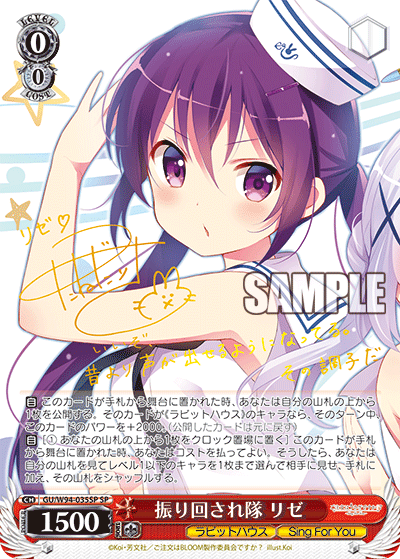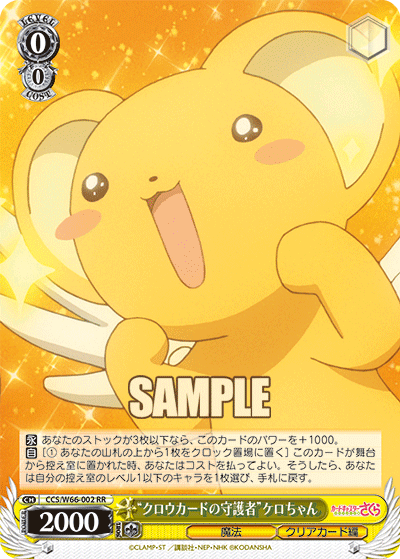Riki, otherwise known as Akane or a thousand other names, is essentially a card profile that nets you an additional card from some other zone at a cheap cost (usually your deck or waiting room). The original Riki effect was one that searched the deck to net you advantage, but nowadays, Riki effects can colloquially be unanimous for any hand gain effect of its nature regardless of zone.



LB/W21-065R “リトルバスターズ”理樹 (center)
GU/W94-035SP-SP 振り回され隊 リゼ (right)
Supposedly debuting in the original Rewrite booster set in 2011, the first dubbed Riki was the Akane on the left. Through several reprints and clones in others sets, the Riki that has come to be known to be the namesake of the effect is shown in the center. Our boy, Riki, appeared on the scene in the anime booster in 2013. Since then, “Rikis” have been changing where the additional card is gained, but the effect costs have remained pretty much the same at a single stock cost and clocking oneself.
Riki has grown to be an essential effect for many decks with good reason. Sporting an extremely cheap cost, the card profile lets you grab another card from another zone in the game without a discard cost. Unlike drop searches and the like, a Riki fully replaces itself as a one for one. Riki(s) traditionally can only fetch cards of level 1 or lower unless a restriction is applied.



CCS/W66-002RR “クロウカードの守護者”ケロちゃん (center)
OMS/S41-006R 十四松の好きな人 (right)
Due to its infinite uses and powerful set-up in the early game, Rikis have become a rather solid staple for any deck. As a much wanted effect, this profile usually finds itself sitting at a consistent playset or at least a three of since a single copy can transition into a plethora of other advantages down the line. Many modern Rikis nowadays also come with other wanted effects that give them additional value other than simply grabbing you another card. Rikis are seen as the generic centerpiece profile that you wish to see in your opening hand, hopefully to be used the following turn to grab you whatever card you need when your turn swings back around.